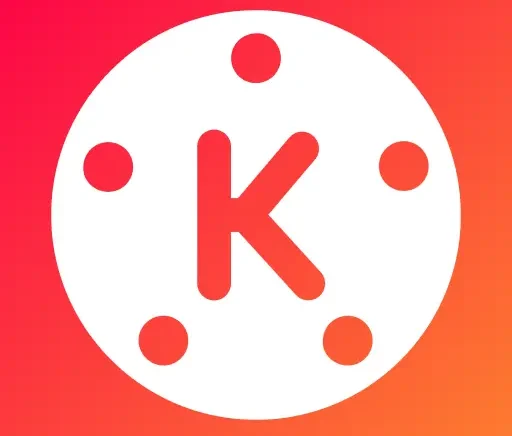 Understanding your customers’ needs, concerns, and preferences through exceptional customer support is vital. One of the most effective ways to gain this understanding is through a well-structured customer feedback loop. A feedback loop helps you collect valuable insights, improve your products or services, and build stronger relationships with your customers. However, creating a customer feedback loop that actually works requires more than just collecting responses. It’s about listening, acting on feedback, and ensuring continuous improvement. In this article, we’ll walk you through the essential steps to create a customer feedback loop that delivers real value.
Understanding your customers’ needs, concerns, and preferences through exceptional customer support is vital. One of the most effective ways to gain this understanding is through a well-structured customer feedback loop. A feedback loop helps you collect valuable insights, improve your products or services, and build stronger relationships with your customers. However, creating a customer feedback loop that actually works requires more than just collecting responses. It’s about listening, acting on feedback, and ensuring continuous improvement. In this article, we’ll walk you through the essential steps to create a customer feedback loop that delivers real value.
What is a Customer Feedback Loop?
A customer feedback loop is a process that allows businesses to gather, analyze, and act on feedback from their customers. This loop involves asking for input, analyzing the feedback, implementing changes based on the insights received, and then informing customers about the improvements made. The cycle continues as customers provide new feedback, enabling businesses to make data-driven decisions and create better experiences. It’s a simple yet powerful way to stay connected with your audience and improve your offerings.
Identify the Right Channels for Feedback
The first step in creating a successful feedback loop is selecting the best channels for gathering customer feedback. While traditional methods like surveys and suggestion boxes still hold value, today’s businesses have a wide range of digital channels to tap into. Consider using email surveys, live chat, social media, or even in-app feedback tools. The key is to meet customers where they are most likely to engage. Additionally, make it easy for customers to provide feedback by keeping the process quick and user-friendly.
Ask the Right Questions
Not all feedback is created equal. To ensure you’re getting the most valuable insights, you need to ask the right questions. Focus on open-ended questions that encourage detailed responses rather than simple yes/no answers. For example, instead of asking, “Did you like our product?” you could ask, “What did you like most about our product, and what could be improved?” This will give you more actionable information. Additionally, consider asking customers for suggestions on how you can enhance their experience or solve problems they may be encountering.
Act on the Feedback
The most crucial part of any feedback loop is what happens after you gather the information. Acting on the feedback you receive shows your customers that their opinions matter. This could mean tweaking a product feature, adjusting a service process, or improving customer support. Even if the feedback suggests no immediate changes, acknowledging the input and informing customers about what steps you are taking (or why no changes are needed) builds trust and transparency. When customers see that their feedback results in real action, they’ll be more likely to engage in future feedback efforts.
Close the Loop with Communication
It’s not enough to simply act on feedback; you need to communicate back to your customers. Closing the loop means letting them know what changes have been made or how their feedback influenced decisions. This can be done through follow-up emails, social media updates, or blog posts. It’s important to highlight any significant improvements that have come about as a result of their feedback. Customers will appreciate your transparency and the fact that their voice was heard, which can enhance customer loyalty.
Create a Continuous Feedback Cycle
A customer feedback loop should never be static. It needs to evolve over time as your business grows and as customer needs change. Regularly review the feedback you receive and continuously look for ways to improve the process. For example, you can periodically update your survey questions to reflect new products or services, or adapt your feedback channels to match how your audience is engaging with you. The goal is to make feedback collection an ongoing and dynamic part of your business operations.
Measure and Evaluate the Impact
As you implement changes based on customer feedback, it’s important to measure the impact of these adjustments. Are customers more satisfied with your product or service? Is there a noticeable improvement in customer retention or sales? Use key performance indicators (KPIs) to evaluate the success of your feedback loop and determine whether the changes have had the desired effect. This helps you assess whether you’re on the right track and where further adjustments might be needed.
Foster a Customer-Centric Culture
Creating a successful customer feedback loop is not just about gathering data and making changes—it’s about fostering a customer-centric culture within your company. Encourage your team to view customer feedback as an opportunity for growth and improvement. By prioritizing feedback at every level of the organization, you ensure that everyone is aligned in their mission to provide the best possible customer experience. When employees see the value in customer feedback, they’ll be more motivated to take action, resulting in a more positive and responsive customer experience overall.
Remember, the goal isn’t just to gather information, but to use it to enhance your products, services, and customer relationships. With the right approach, a well-executed feedback loop can become one of your most valuable tools for success.






